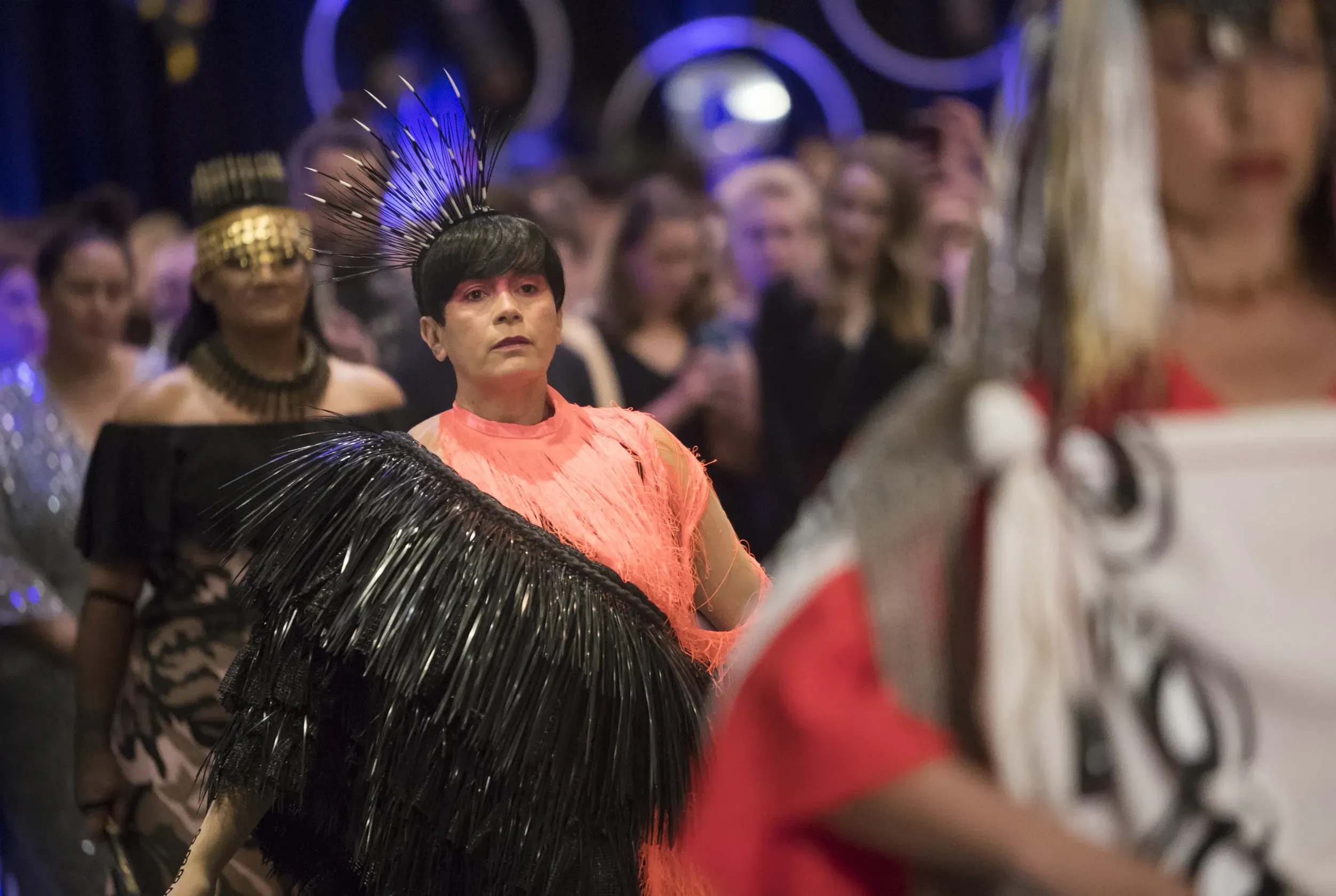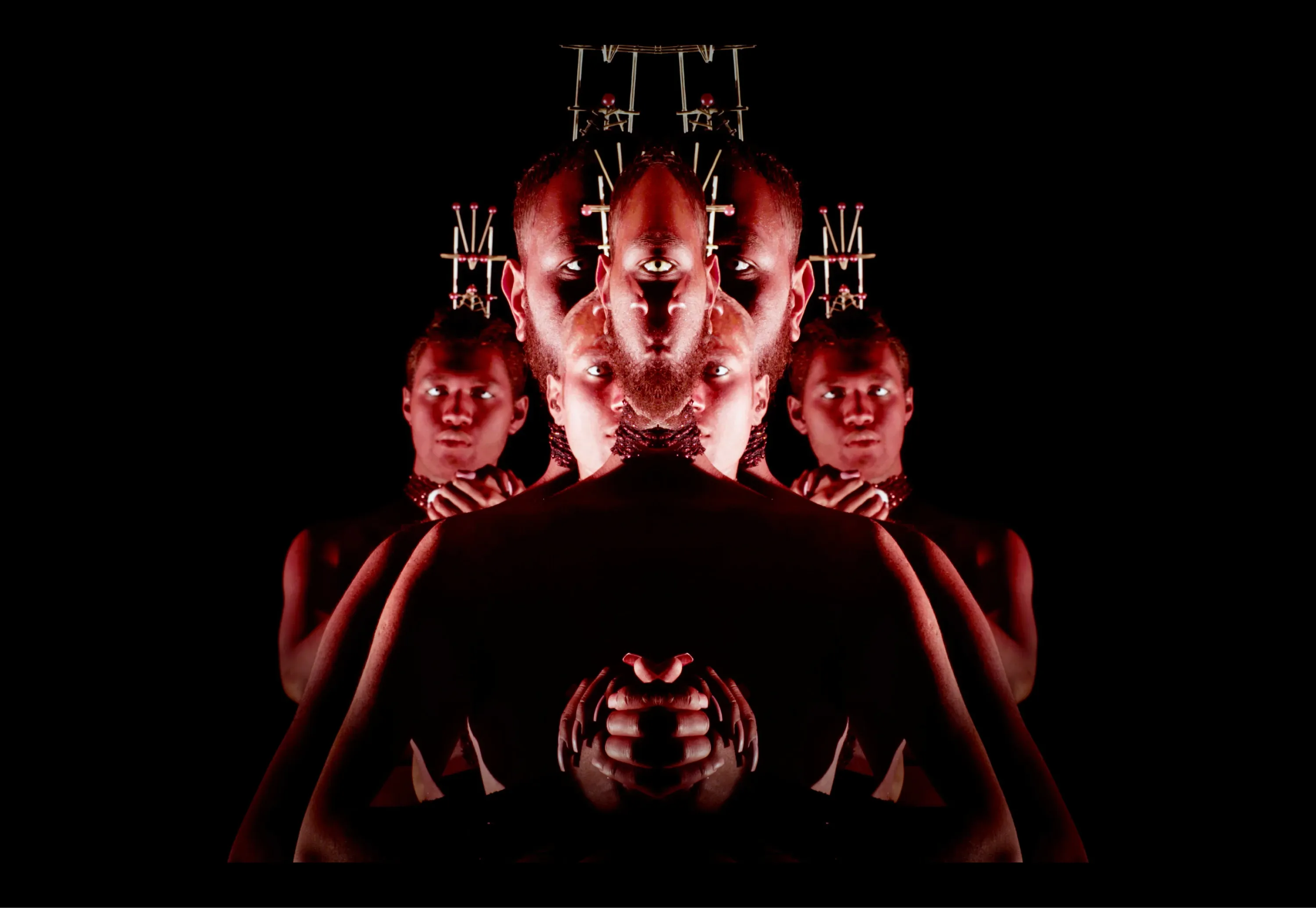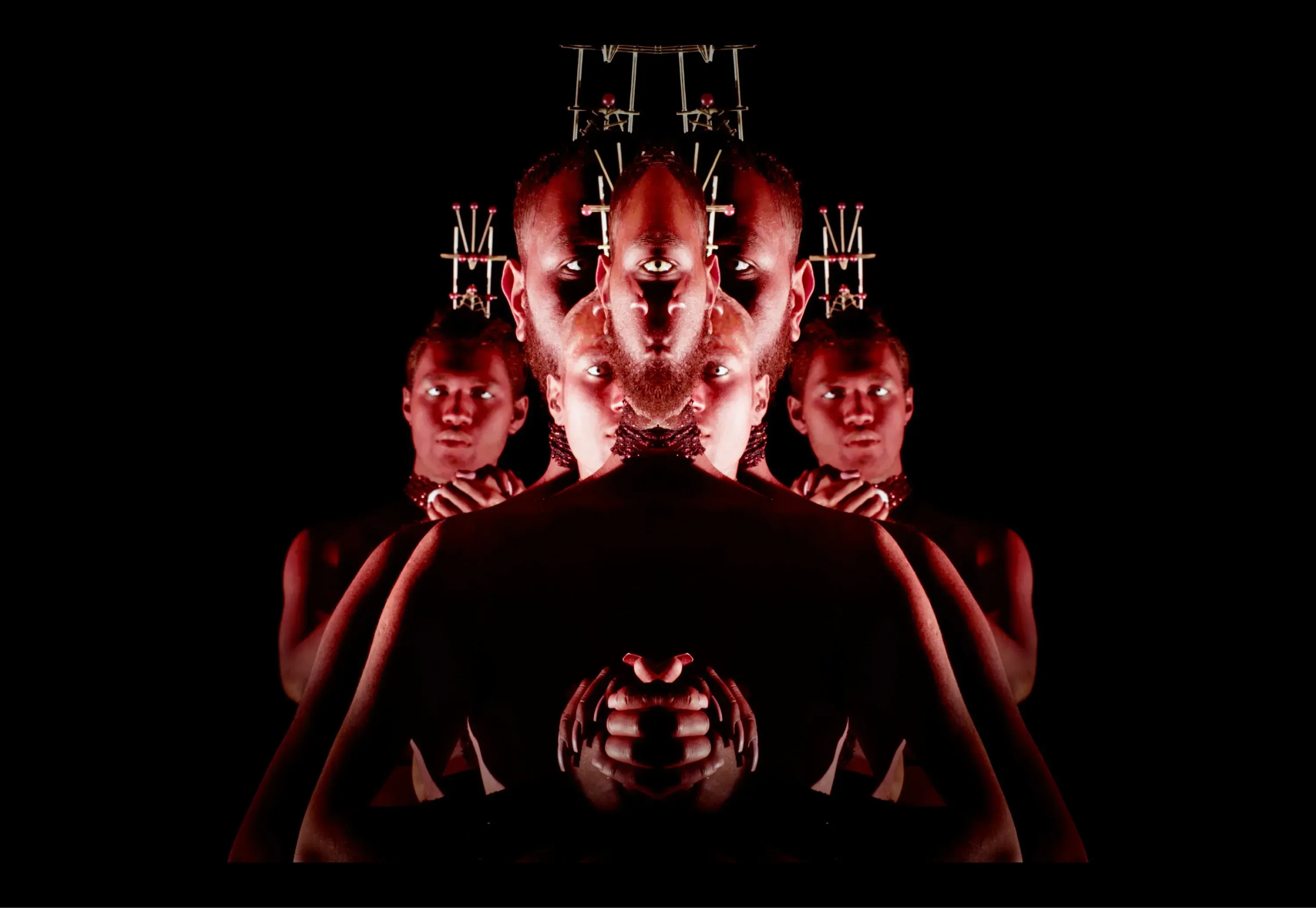Mark Amery: Arts Media Lowdown
Written by

Welcome to a new feature, where I’ll share arts news and views in Aotearoa New Zealand.
First, the rationale. In the last two decades arts activity has grown exponentially in this country, while the media landscape has changed dramatically. There has been a depletion of mainstream editorial services for the arts at the very same time as there has been huge growth in online content. Social media has become the principal streaming source of news and opinion. But while we’ve never had more freedom to find information, we’ve never had less public signposting beyond our networks to what might be to us of significance and value. The result is an increasing fragmentation of what we’re exposed to. A media public commons is being lost.
While we’ve never had more freedom to find information, we’ve never had less public signposting beyond our networks to what might be to us of significance and value.
There are new platforms doing superb work (Pantograph Punch and Spinoff for example) but they too deserve ways for wider public connect. Even within the big media organisations, significant arts stories published online from different regions have limited media distribution beyond being posted online (some may remember the NZ Press Association, ended in 2011, and how vital it was for the sharing of news between newspapers).
The arts remain insufficiently valued for the way they socialise important ‘big ideas’. This has only worsened. They are treated in mainstream editorial structures as a form of “entertainment” or “lifestyle” diversion. Yet artists, arts organisations and arts commentators alike are, through their work, bringing together different aspects of our lives, independently igniting discussion.
This first edition doesn’t pretend to be comprehensive. There is not, yet, a set of contributing editors, representing different locations, disciplines and perspectives. This is but one commentary. Let there be more.

This fortnight
Christchurch Art Gallery Te Puna o Waiwhetū has appointed Blair Jackson as new director, replacing the remarkable Jenny Harper. Jackson is a steady-as-it-goes choice, having been deputy director over the entire 12 years Harper has been at the helm, but never underestimate someone who knows what a particular machine can do. Warren Feeney wrote an opinion piece in The Press on Harper’s achievements at the gallery. Recommended in their Bulletin magazine online is this beautiful tribute to Harper written by Adam Art Gallery Director Tina Barton, and an account of her development of the gallery’s collection by Priscilla Pitts. The gallery website can also count among Harper’s achievements within a strong publishing programme - an exemplar in providing insightful arts content online.
The 2018 Walters Prize nominees have been announced by Auckland Art Gallery. There are some familiar names - Jacqueline Fraser (nominated for the second time) and Ruth Buchanan - but the other two may be less known: Pati Solomona Tyrell and Jess Johnson with Simon Ward. The latter are arguably the outsiders, nominated for Whol Why Wurld exhibited at Carriageworks, Sydney in 2017. Tauranga born, Johnson is now New York-based after 12 years living in Melbourne. Recent New Zealand showings have been restricted to several shows at Ivan Anthony Gallery Auckland. As well as his work with Johnson, Ward is a well-known music video-maker (an excerpt of their five channel Whol Why Wurld is on his site here).
Pati Solomona Tyrell was also the knockout winner at the recent Dunedin Fringe Festival Awards, for this Walters Prize nominated work Fāgogo, an exhibition, performance, and documentary film. As well as Best in Fringe Tyrell took out Best Visual or Performance Art, and the Warwick Broadhead Memorial Award. In Dunedin it is presented with the Blue Oyster Gallery and Dunedin Public Art Gallery, with different components of the work still to be seen at those galleries until 14 April and 22 April respectively. Exploring “the colonial gaze placed on queer brown bodies to return gender and sexually diverse identities back to their oracle status” the work also forms part of the programme for Dunedin Pride Festival (7-15 April).
Meanwhile in Wellington the news is just in on the awards for the New Zealand Fringe Festival. Anya Tate Manning and Isobel Mackinnon’s My Best Dead Friend took out Best of Fringe and the Melbourne Fringe Tour Ready Award. This among a bevy of awards that gifted over $6,000 in prizes to artists, including a number of programming placements in Fringe Festivals outside New Zealand. A healthy injection into a financially stretched Fringe.
Pati Solomona Tyrell is a co-founder of collective FAFSWAG, who continue to be prodigiously, dynamically present in the arts scene, offering a queer Pacific disciplinary-blending perspective. Another co-founder Tanu Gago was among the Pacific artists at the CNZ-hosted Pacific Arts Summit in mid-March (the first in eight years) lending his voice in this RNZ report to calls for CNZ to look at the way it supports. CNZ is also in the midst of a ‘roadshow’ of no less than 24 regional hui to develop a Ngā Toi Māori strategy, from Kaitaia to Invercargill.
Speaking of CNZ, one of the most rewarding documents you can read to get a taste of upcoming arts projects is their published funding results. Those for the latest ‘Quick Response’ round (for funding under $7500) are now up on the Creative New Zealand website.
If there were grumbles about the Pacific Arts Summit not being held on the largest Pacific city in the world, it was beautifully placed to coincide with a confluence of new art spaces opening during festival time in the capital. The new focus on the Pacific at Te Papa, particularly with the opening of the Pacific Sisters exhibition and FAFSWAG at BATS Theatre, saw Auckland coming to town.
Meanwhile leading Auckland dealer Hopkinson Mossman has opened a second gallery in Garrett Street with a strong exhibition of work by LA-based Fiona Connor, neatly coinciding with another artist from their stable Luke Willis Thompson having his first solo survey in New Zealand at Adam Art Gallery (his interview with Kim Hill is a great pleasure).
Down the street Te Auaha has opened, the flash new five-levelled joint premises for Whitireia and Weltec’s arts and creative programmes on Dixon Street (watch the razzmatazz video of opening here), including two theatres, a cinema and a ground floor gallery space. Their bright big branding is typical of the marketing overreach of the contemporary tertiary sector – they call themselves the New Zealand Institute of Creativity – but major new facilities in the heart of Wellington for the performing arts and applied arts aren’t to be sniffed at.
There’s been little major published commentary yet on Toi Art, the big, bold new remodelled gallery space at Te Papa and its suite of exhibitions. Mary Jane Duffy and I gave fleeting initial impressions on RNZ National’s Standing Room Only. As critic Andrew Paul Wood shrewdly commented on Twitter in regards to this Stuff story “I don't think it really counts if you're labelling yourself a "phenomenal creative success"”.
Nevertheless there’s been lots of positive buzz around the reshaping of the spaces, installation and the clear shift to stronger representation of women and the Pacific. Commonly heard criticism circles around the amount of representation of the collection in introducing visitors to our art history.
In her opening speech Jacinda Ardern as Minister for Arts, Culture and Heritage signalled two key concerns for her administration: employment pathways, and access to the arts, with a nod to the regions. The former has long been signalled in Labour policy. We can surely expect calls for work schemes for artists to increase.
Jacinda Ardern as Minister for Arts, Culture and Heritage signalled two key concerns for her administration: employment pathways, and access to the arts, with a nod to the regions.
If it weren’t enough that they’ve had the magnificent Auckland Fringe on, Basement Theatre made a well-focussed call for all to rally and submit around Auckland Council’s lack of reference to the arts in its draft 10-year Auckland Plan. Included in the plan is a proposal to cut $300,000 of public art funding. The deadline for submissions has been and gone (Wednesday 28 March), but alongside the #saveourgallery campaign, this civic advocacy in Auckland in the arts is much welcomed.
Comparing New Zealand Opera to Polyfest, great comments on the Basement Theatre’s call were provided by Simon Wilson at the NZ Herald (though he doesn’t really speak to why we publicly fund a repertoire of old European works to such high levels). “The skills to perform well are physical, mental, organisational, cultural and social,” writes Wilson. “Learning the values of practice and creativity. How to communicate and be inclusive, work harder, deal with failure and success, apply perspective to problems. Knowing what it means to be thrilled at something done sublimely well.
“These are the skills of life. Schools know it, so why do we pretend it isn't true everywhere else? This is what really does unite Polyfest and Puccini: both allow us to celebrate the best of what we can be. Imagine what it would be like if the council grasped the potential of that, and put it front and centre in its planning.”

Strong commentary
In refreshing arts media platform news Pantograph Punch recently announced they’ll be publishing less and paying their writers more. A strong lead in a sector where writers are often undervalued (something brought home by Lana Lopesi with a piece on the infrastructure for arts criticism). Their editorial team are now actively asking for paid “unique, unexpected, urgent pitches that tackle vital, big-picture issues and concerns within the arts sector and beyond” – you can submit here.
So in that vein, here’s a few interesting samples of New Zealand arts writing this month.
Bruce E Phillips continues to contribute strong commentary to Art Asia Pacific with a review of Michael Stevenson’s Serene Velocity in Practice at Auckland Art Gallery. Stevenson’s work is now at Carriageworks as part of the recently opened Sydney Biennale (it doesn’t get a mention in an otherwise insightful Guardian review of the biennale). Phillips has also written with welcome depth on the eighth Performance Arcade in Wellington at national visual art review site Eyecontact.
Launched in December 2016 Contemporary Hum has been gathering momentum. It aims to provide more visibility and critical conversation around the work of New Zealand artists working internationally. Latest up on site is an interview by painter Andrē Hemer with Martin Basher at his LA studio. Contemporary Hum is also strong on Twitter with news of artists showing globally.
For something entirely different, on the Enjoy Gallery Wellington site artist and comic diarist Bryce Galloway in interview with Louise Rutledge muses that “vasectomy, marriage, and making Senior Lecturer (in that order) were the next changes most likely to upset my Gen X cynicism.” and that “All those things—and more—have come to pass.”
And maybe Auckland Council decision-makers during their planning sessions need to read Thomasin Sleigh’s recently published essay at Circuit on the public video programme in Wellington’s wee Masons Lane, between Lambton Quay and the Terrace: "... it’s important too,” writes Sleigh, “to have public art that is nimble, mouthy, and directly responsive to the political, environmental, and social exigencies of our times."
Ideas are welcomed for future editions of Arts Media Lowdown. Please send to mark.amery@thebigidea.co.nz.
